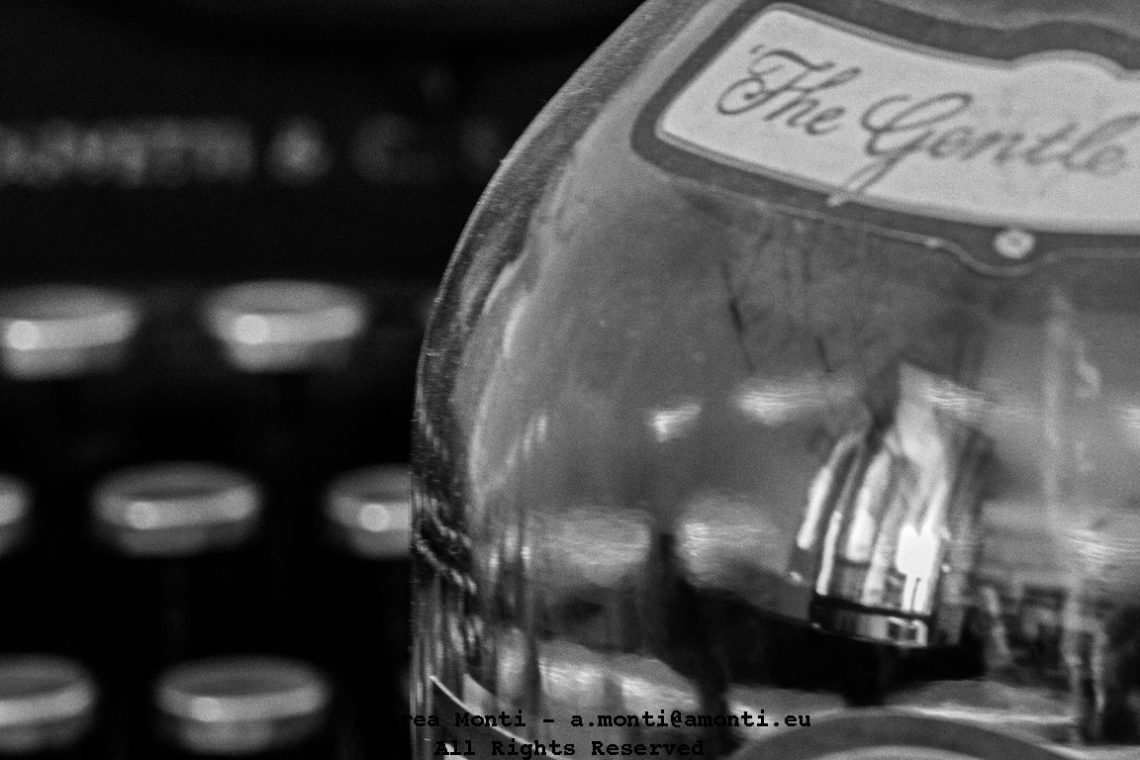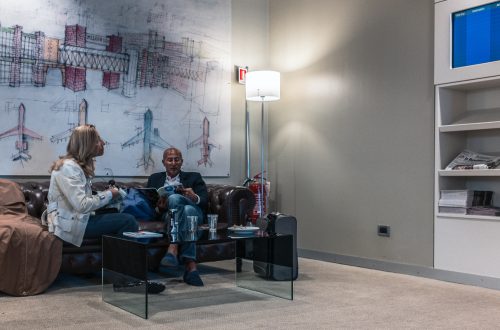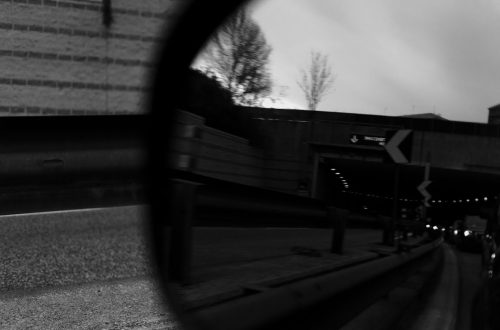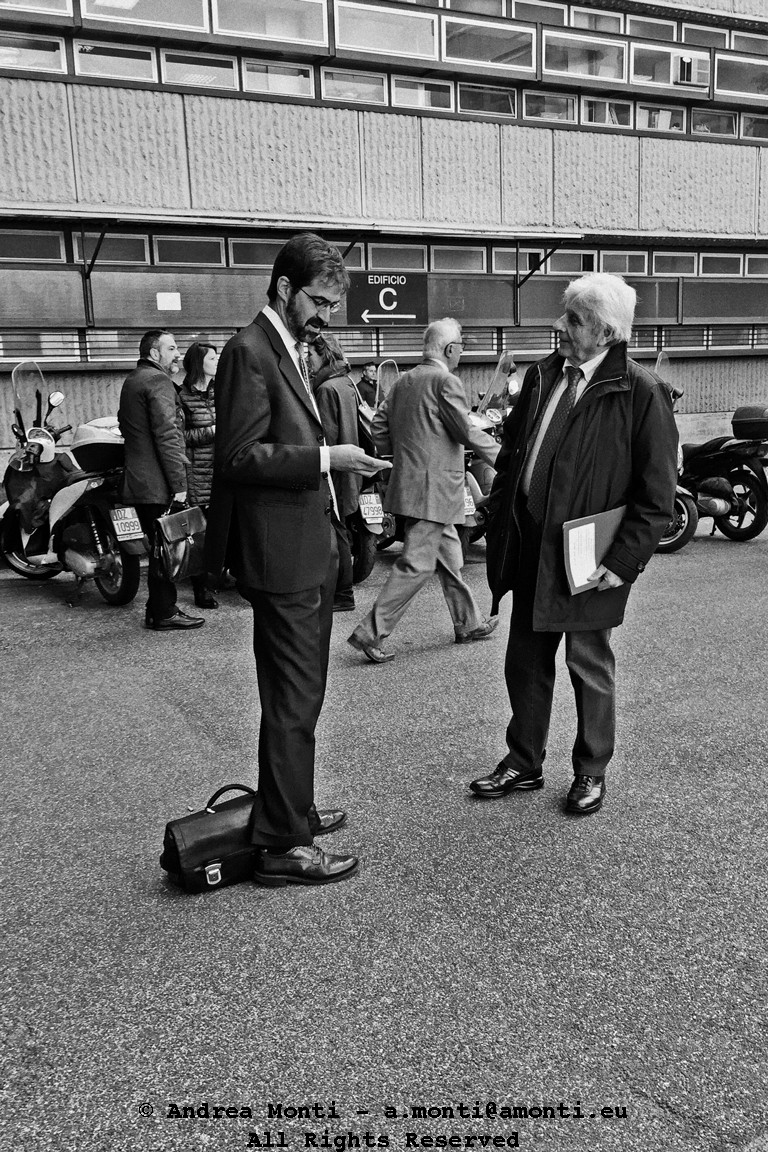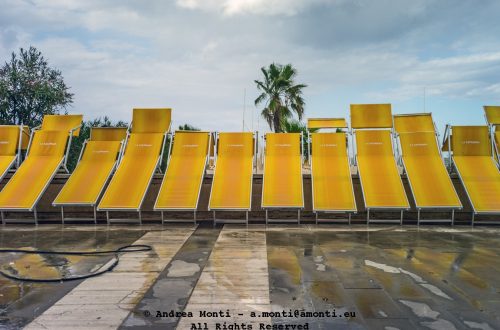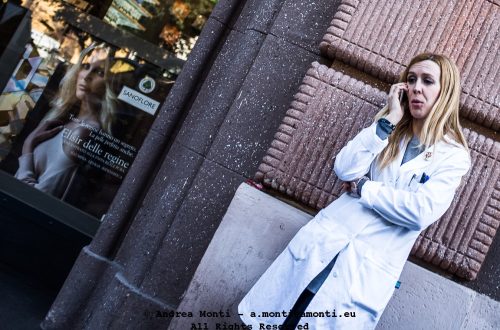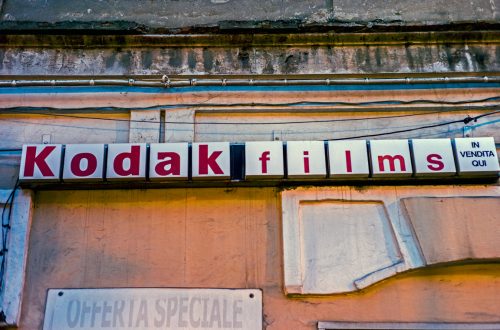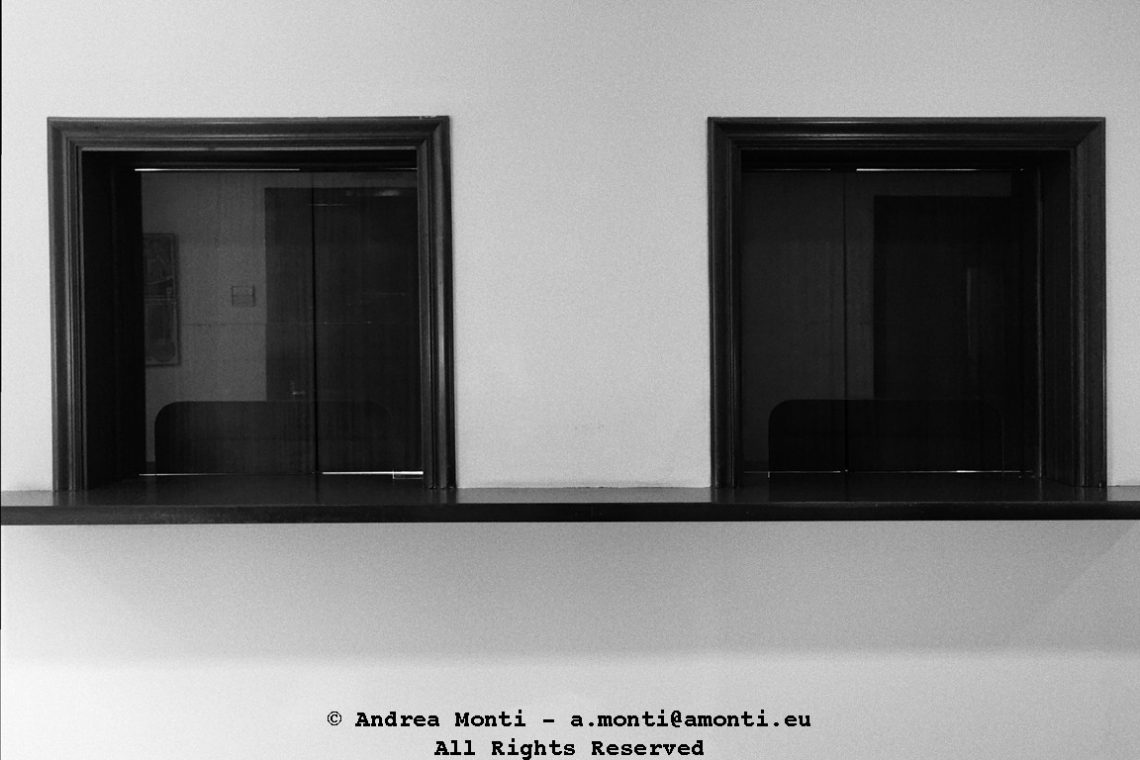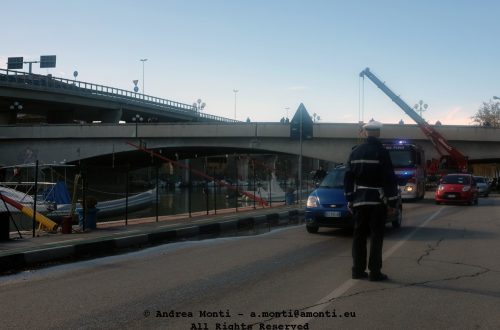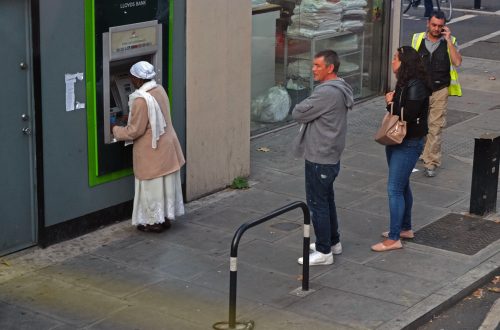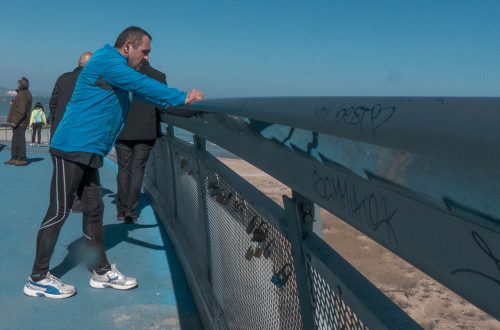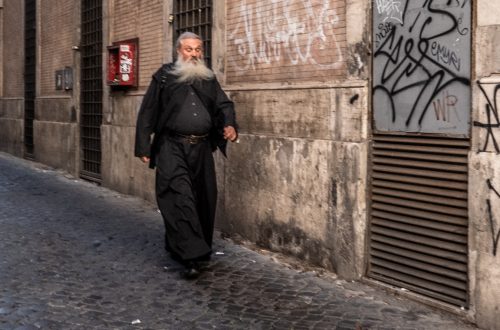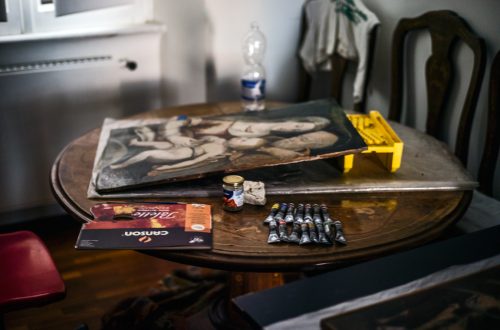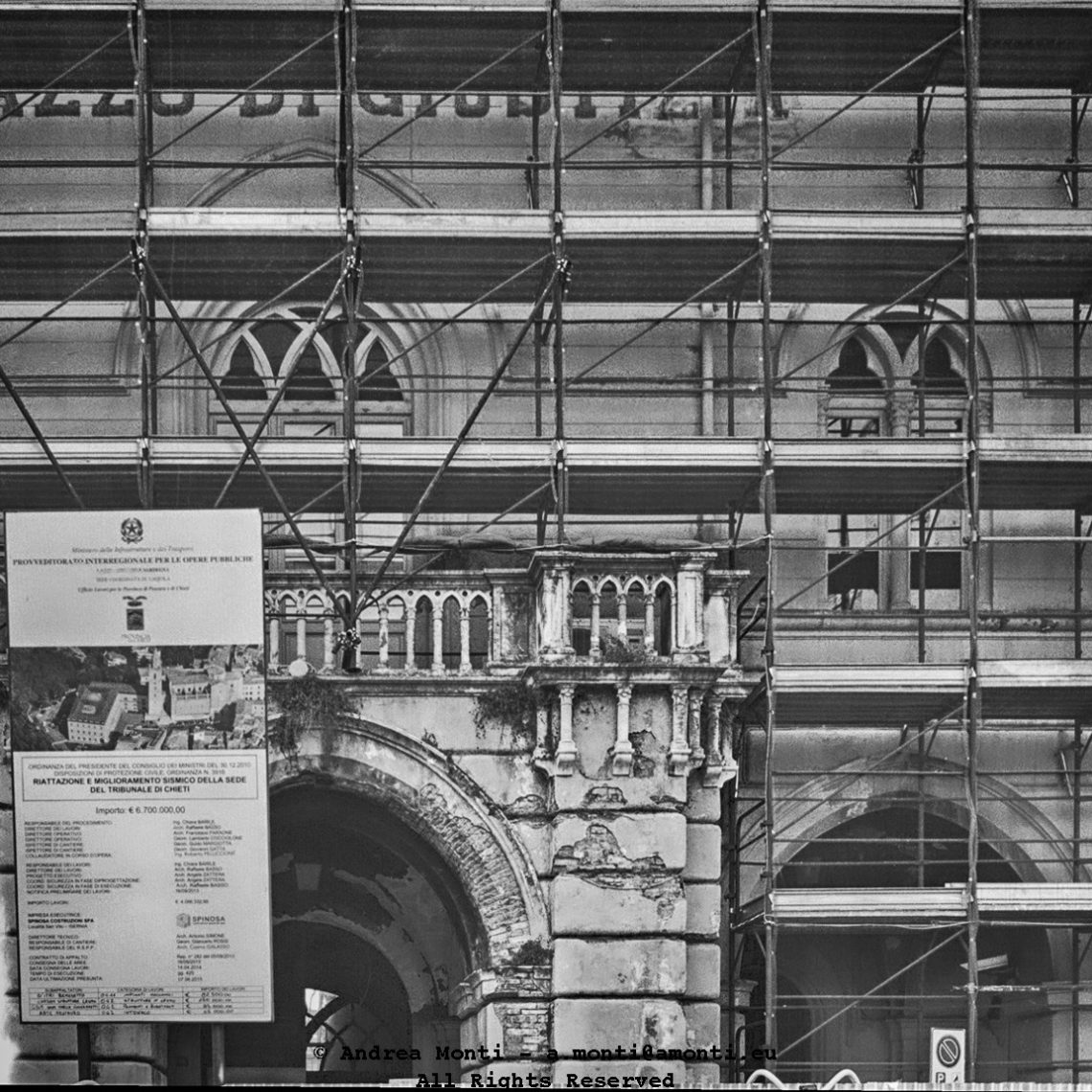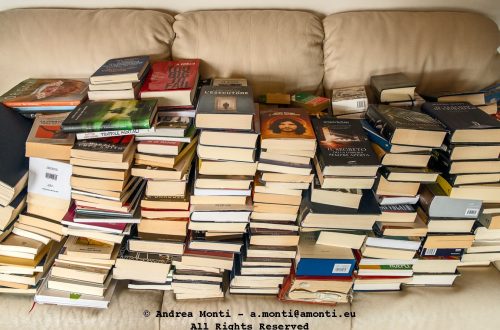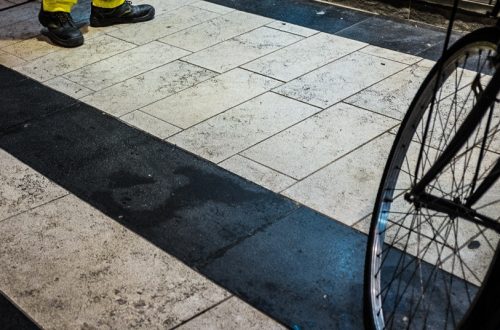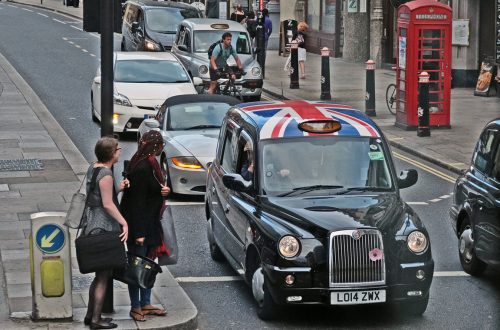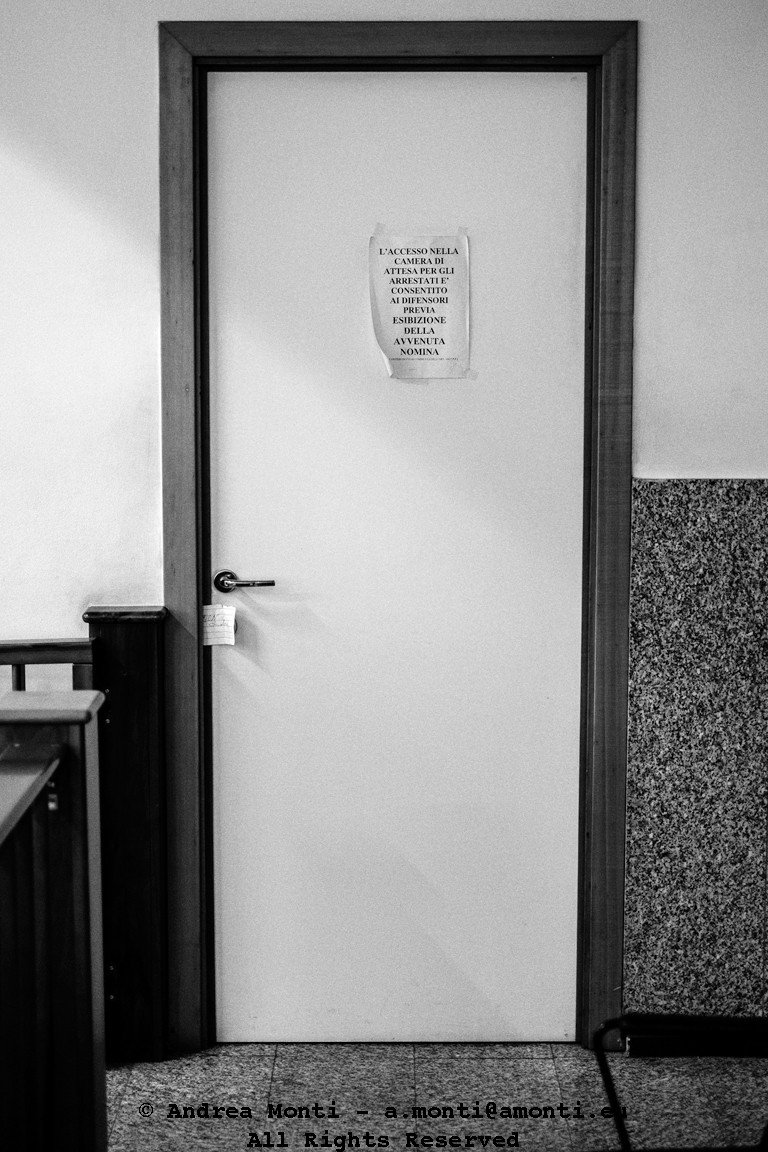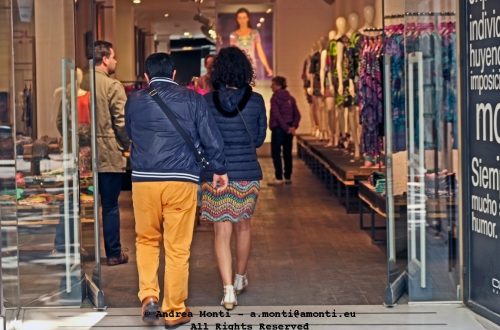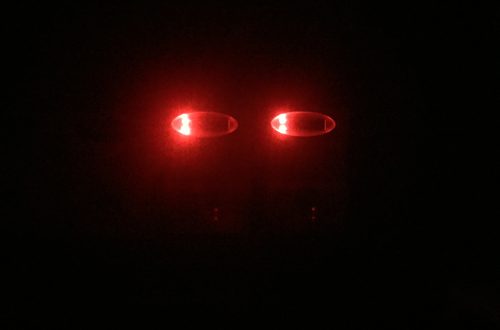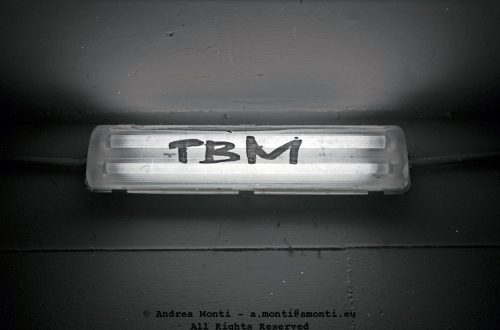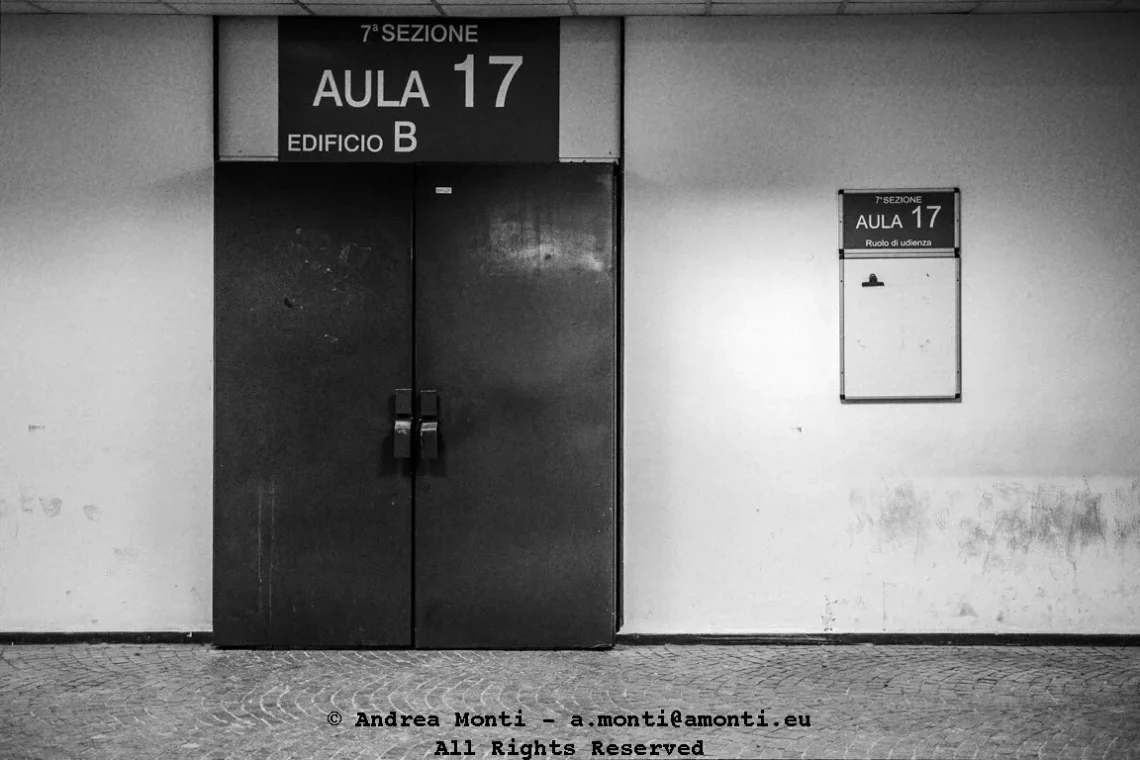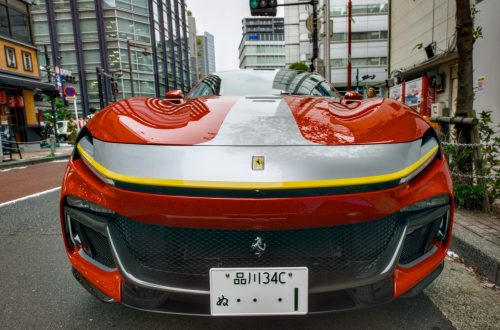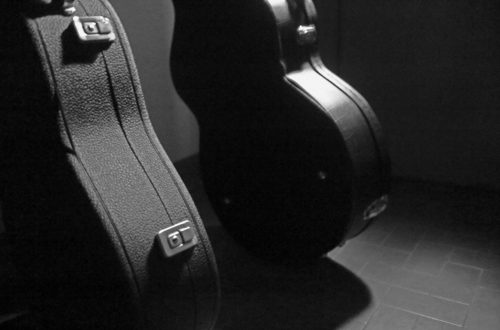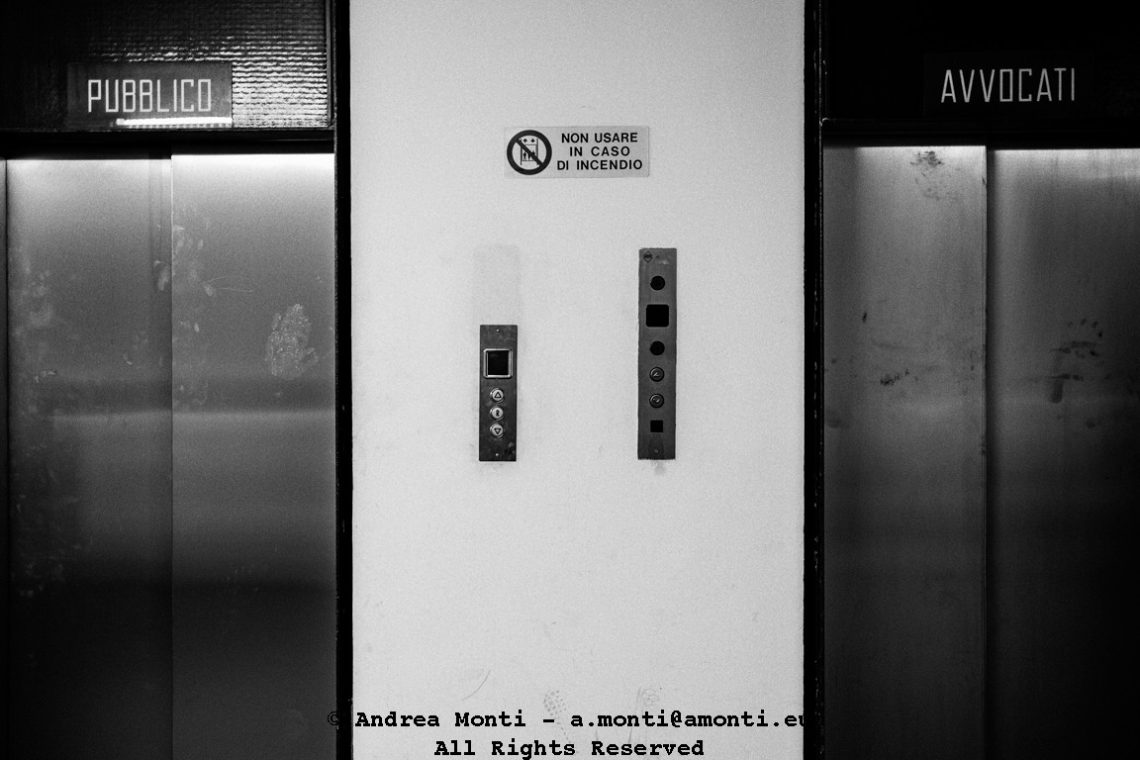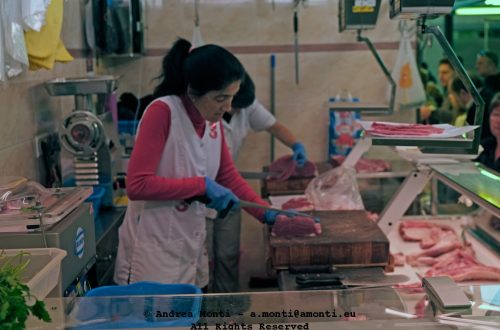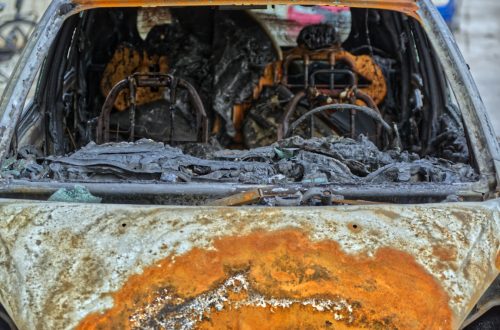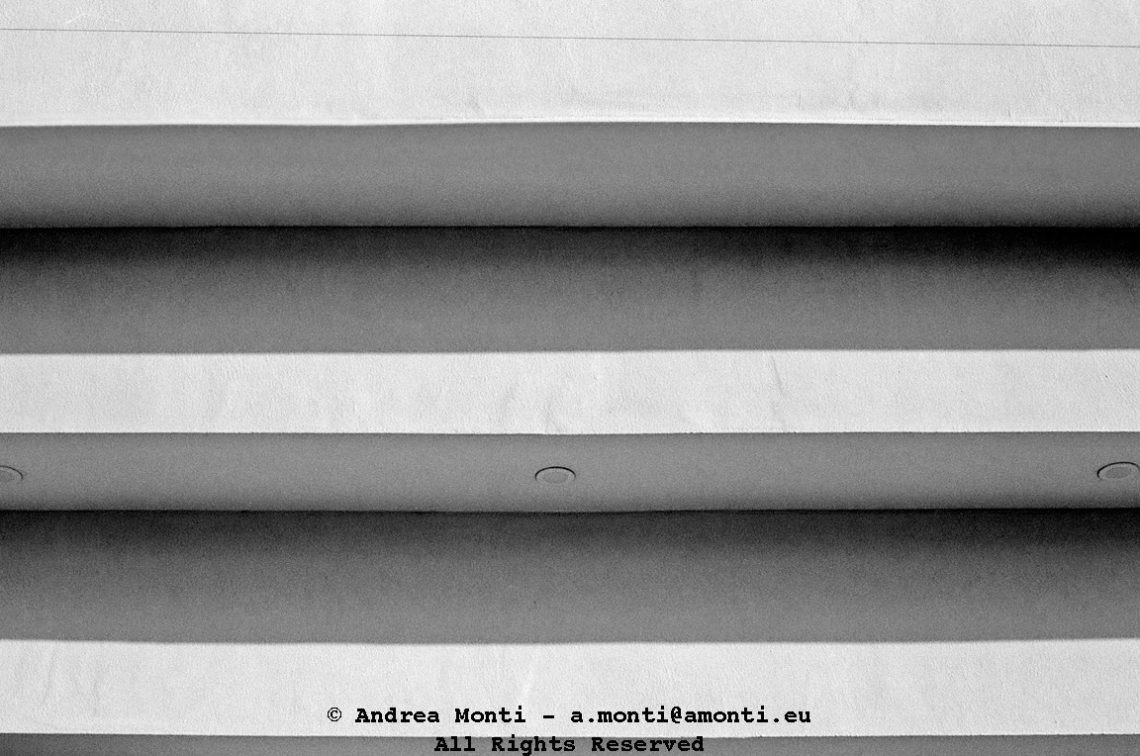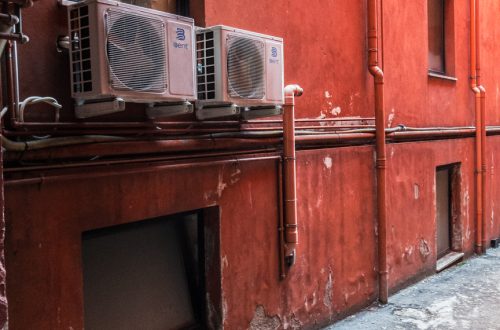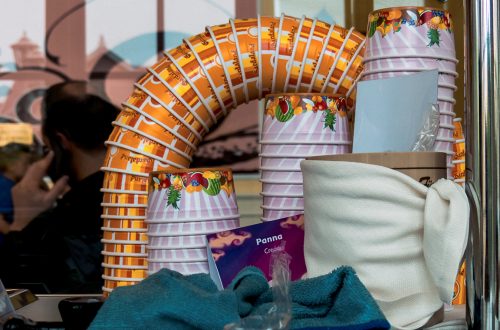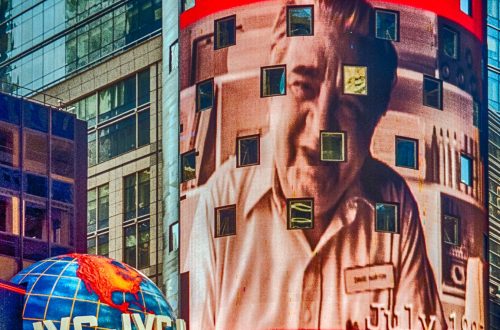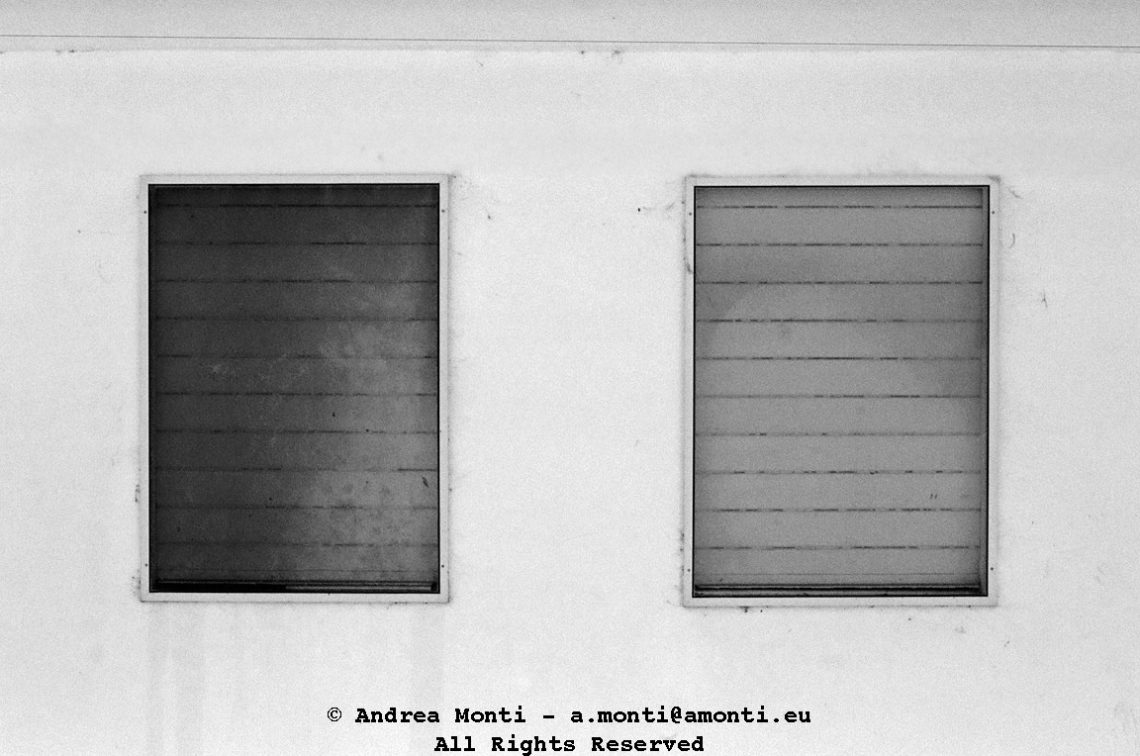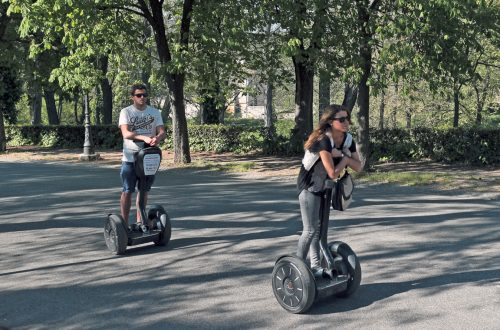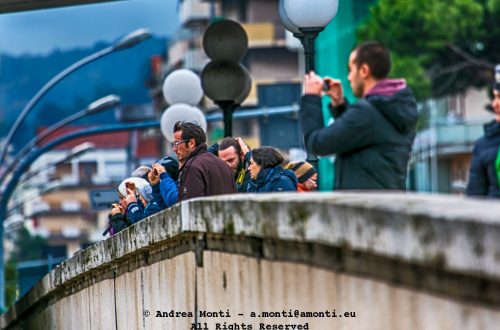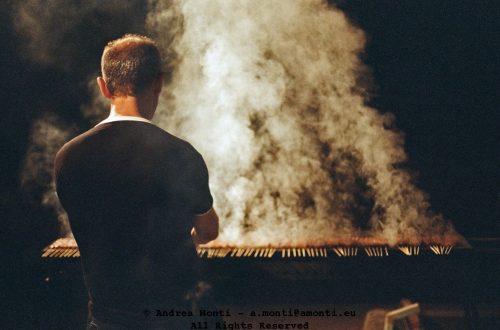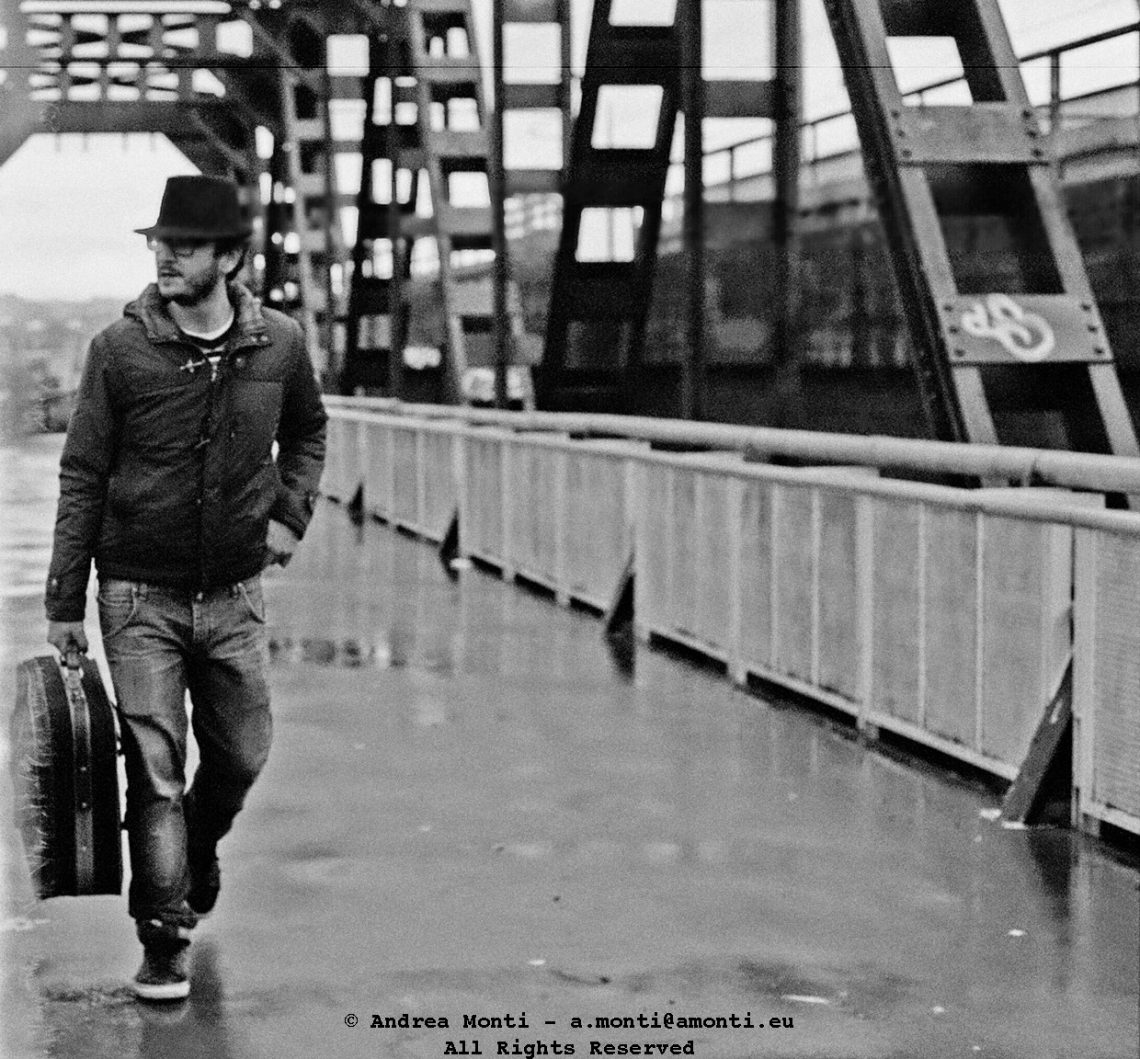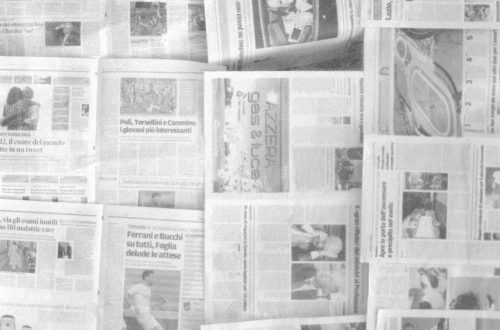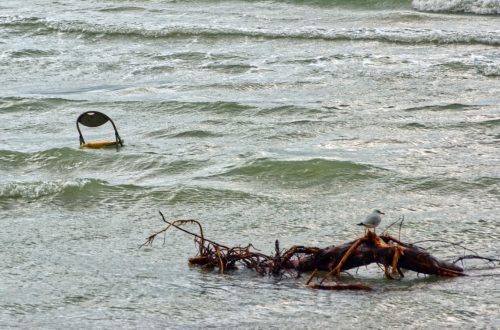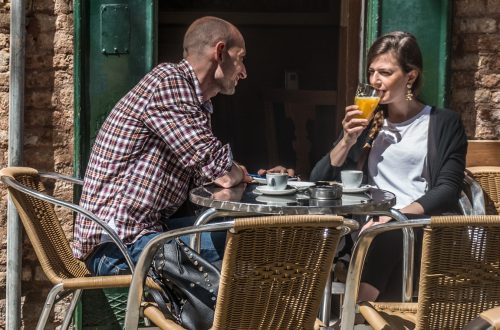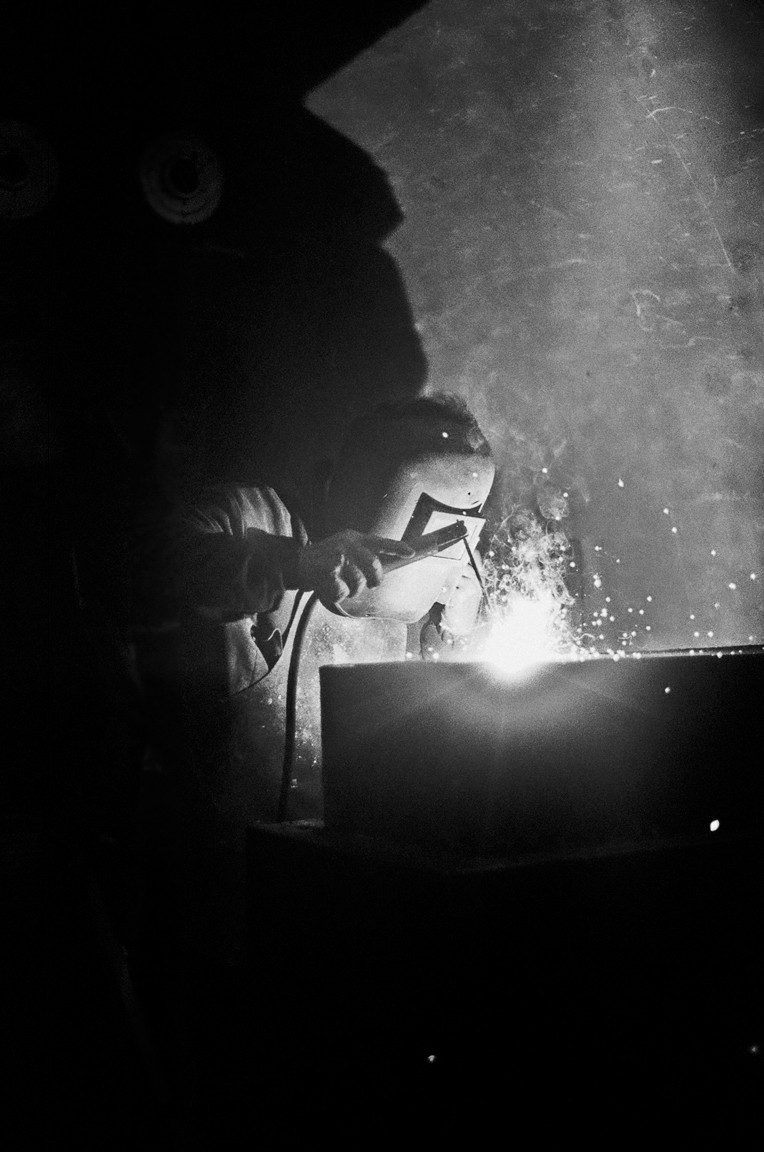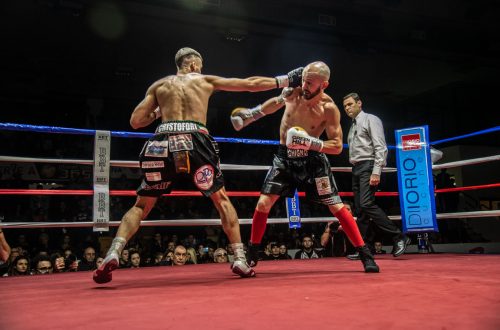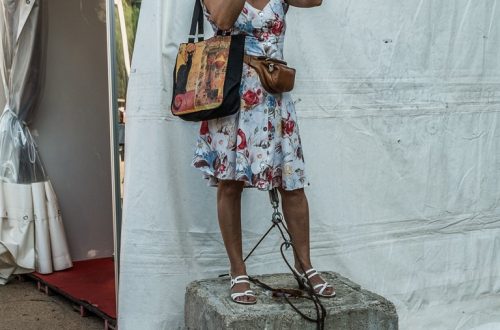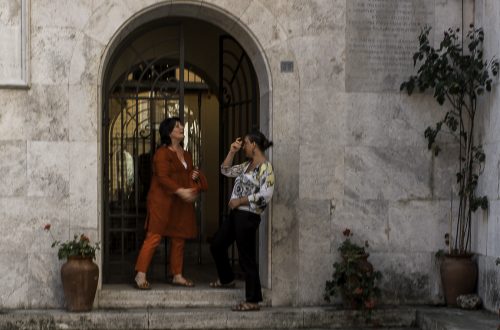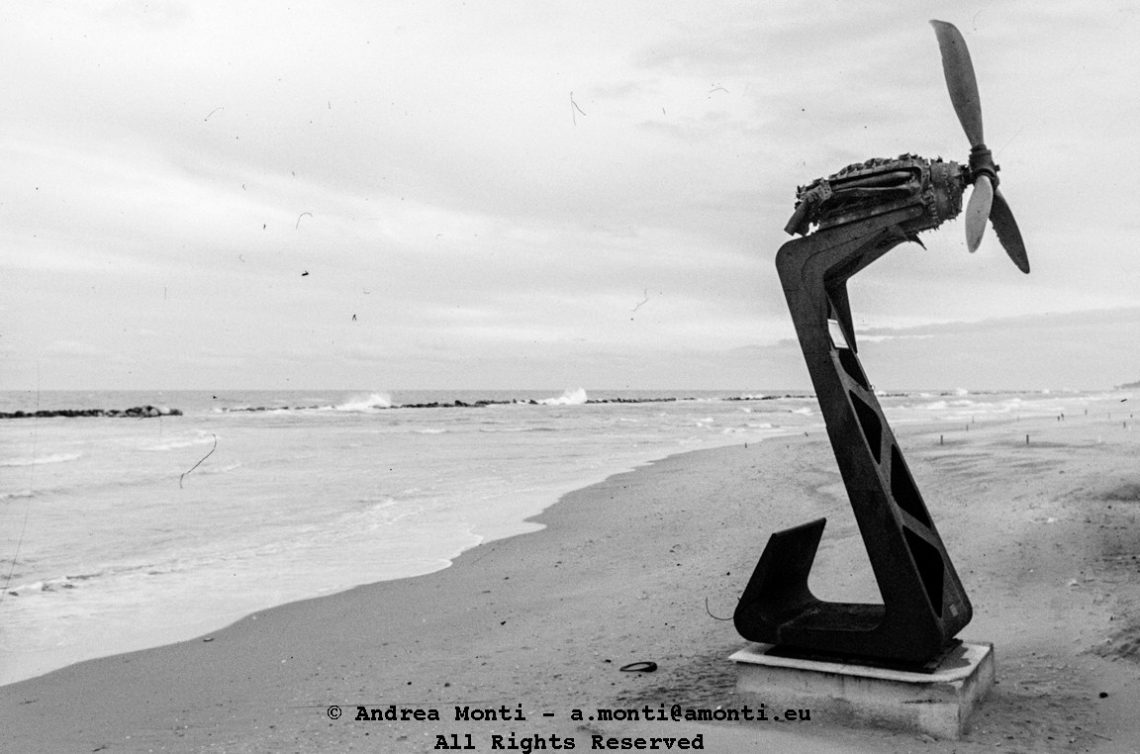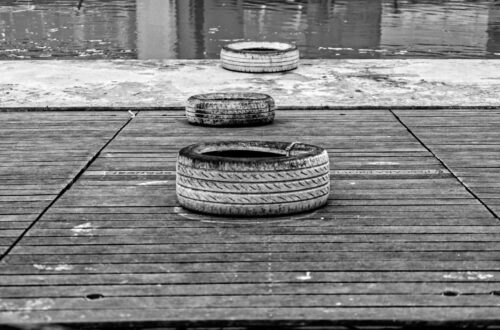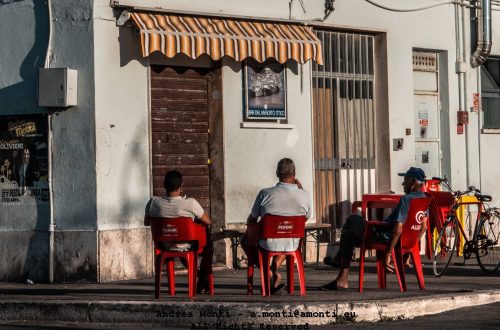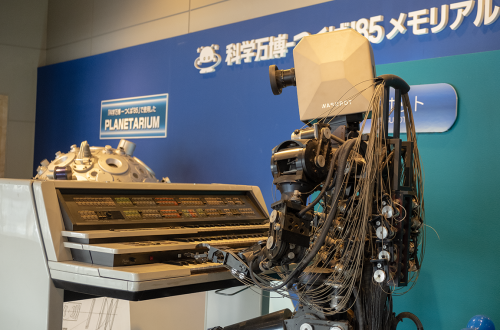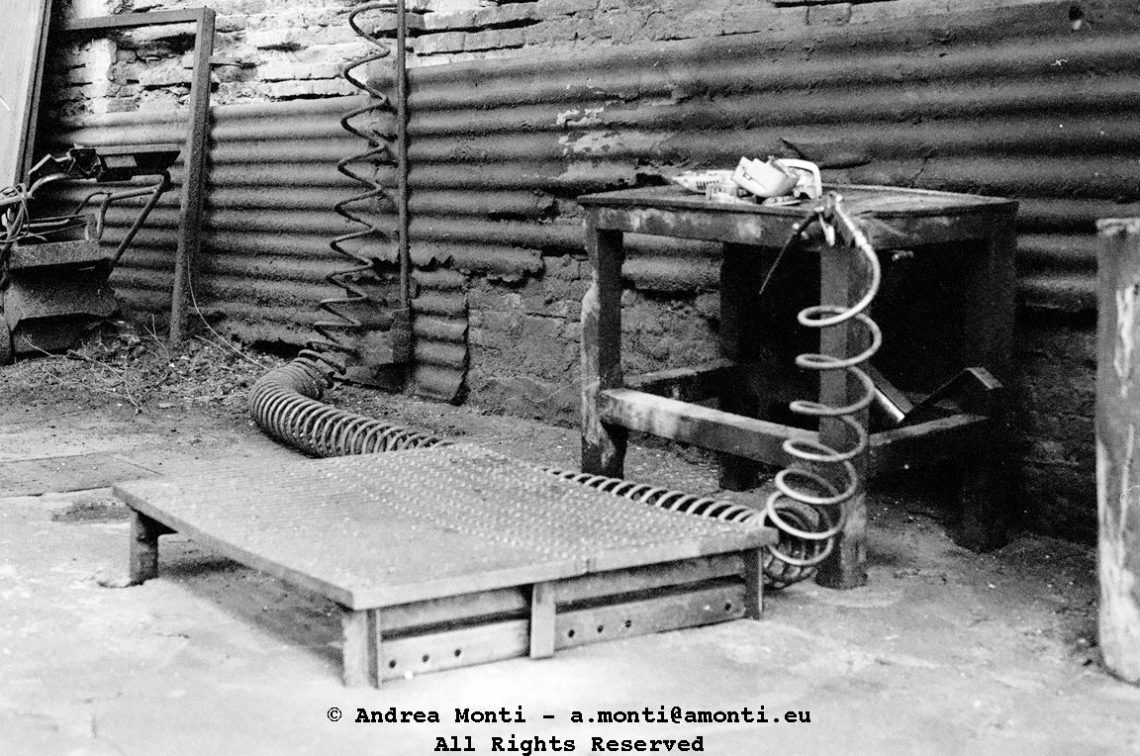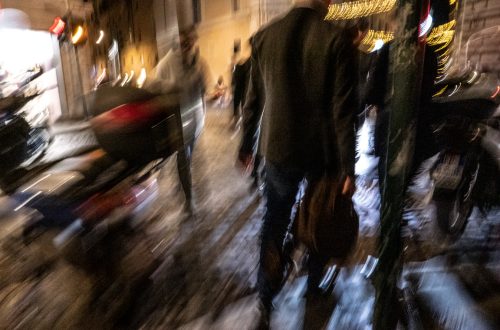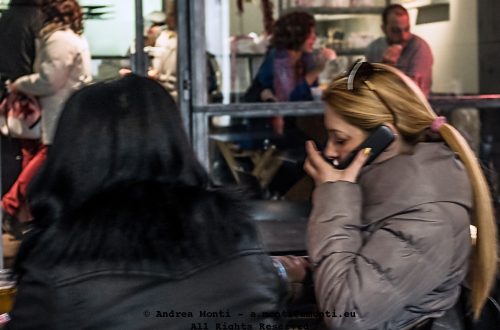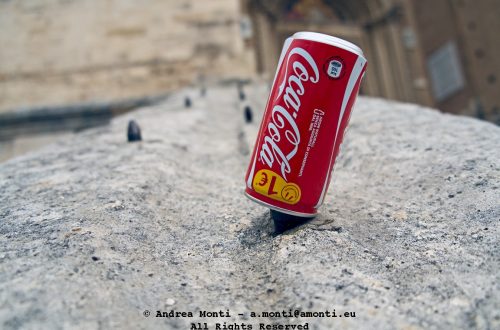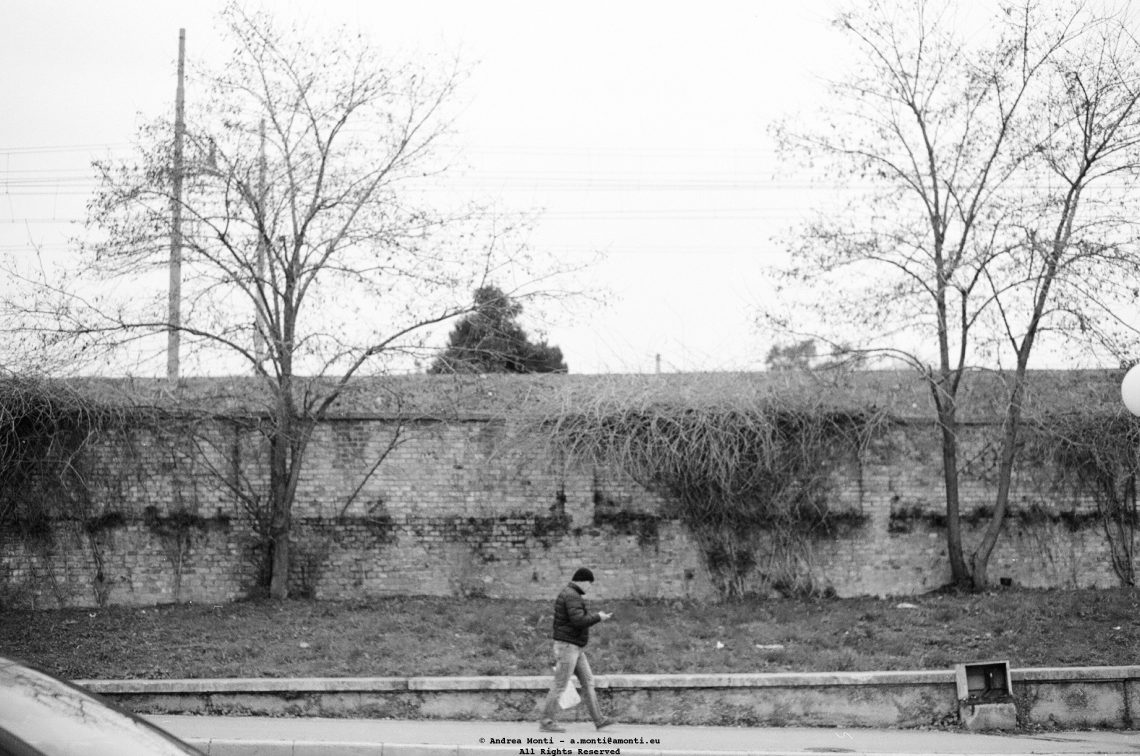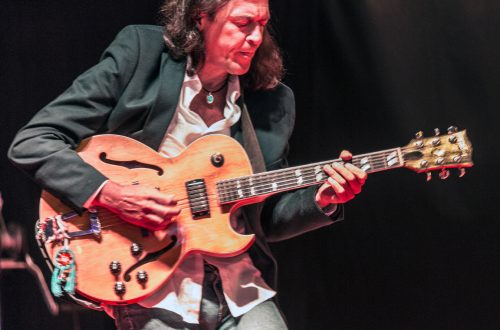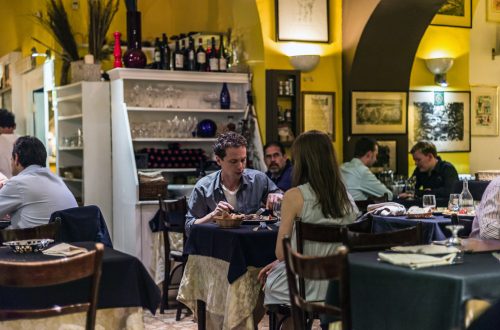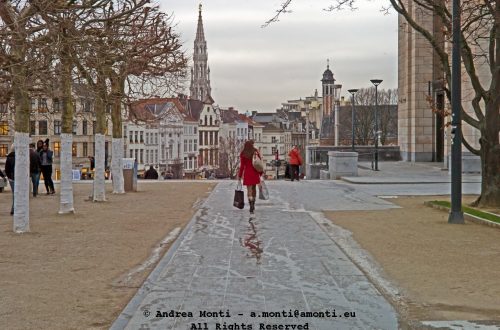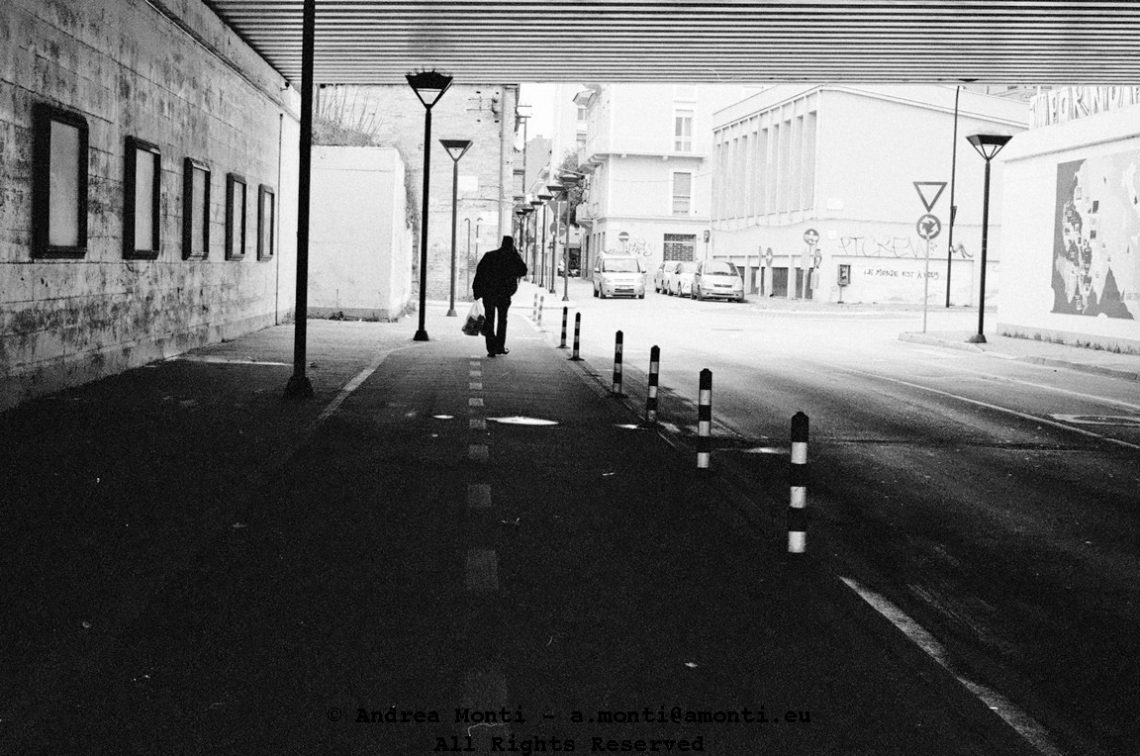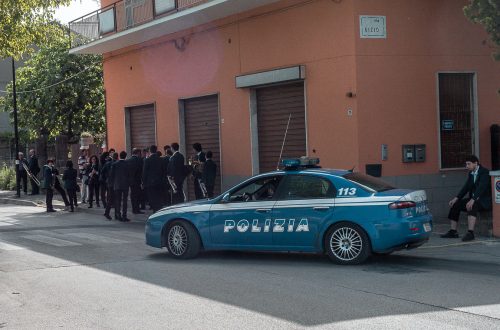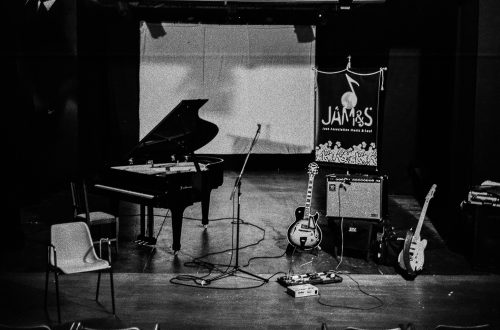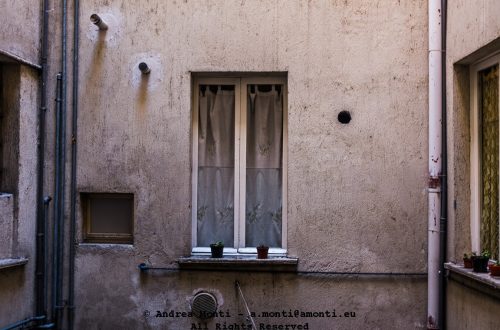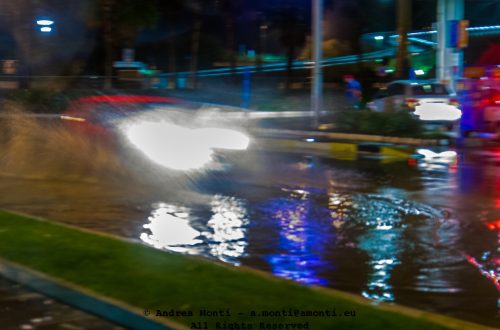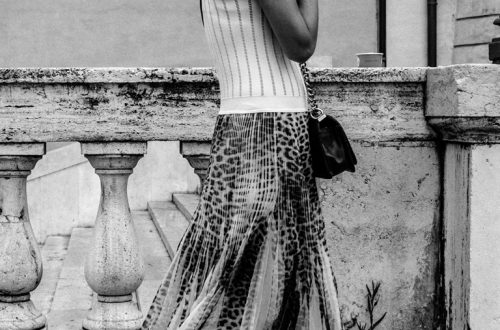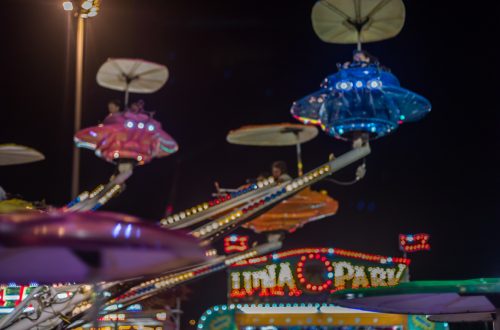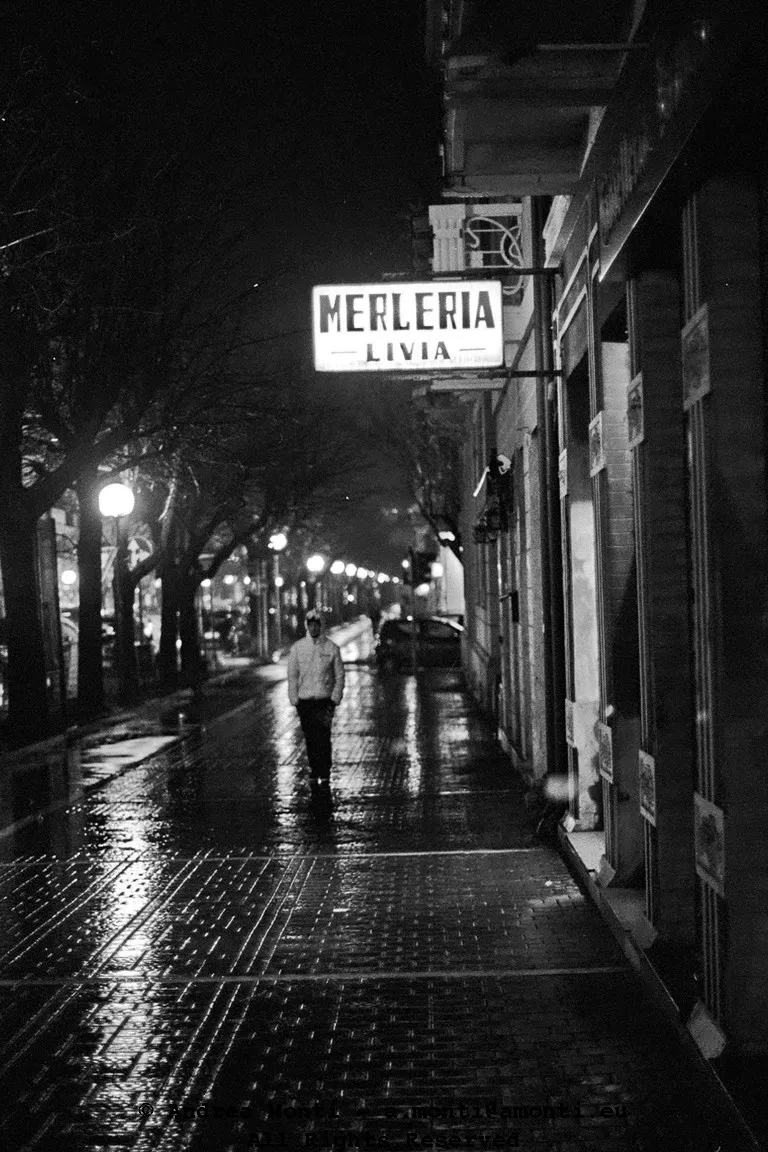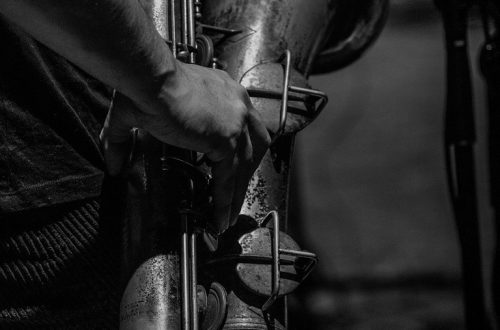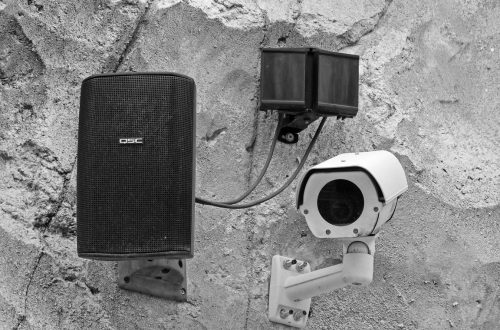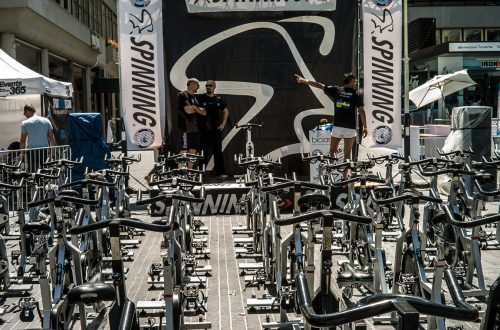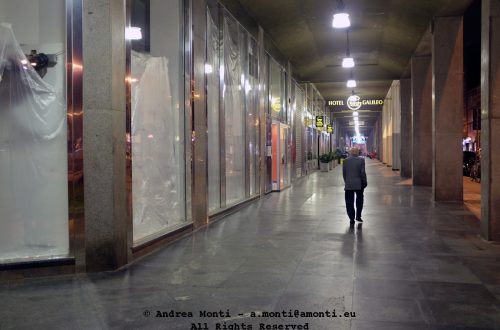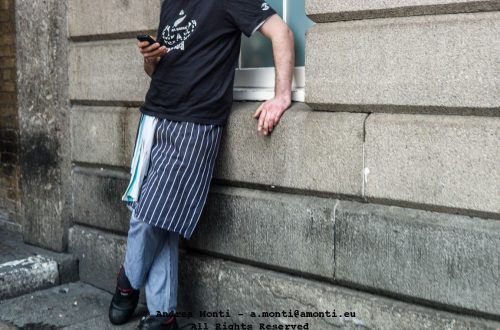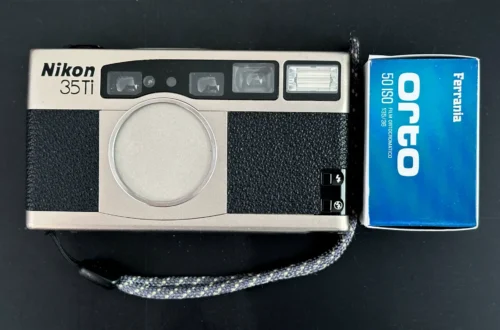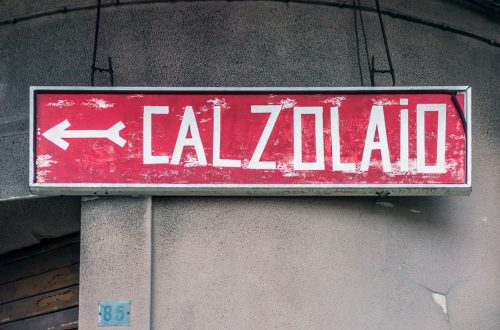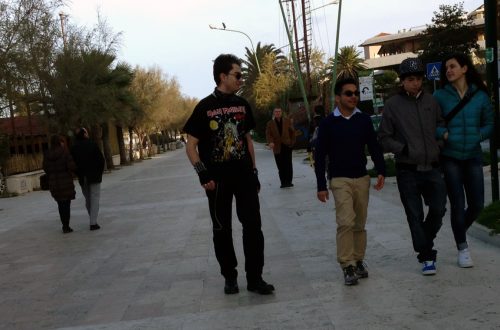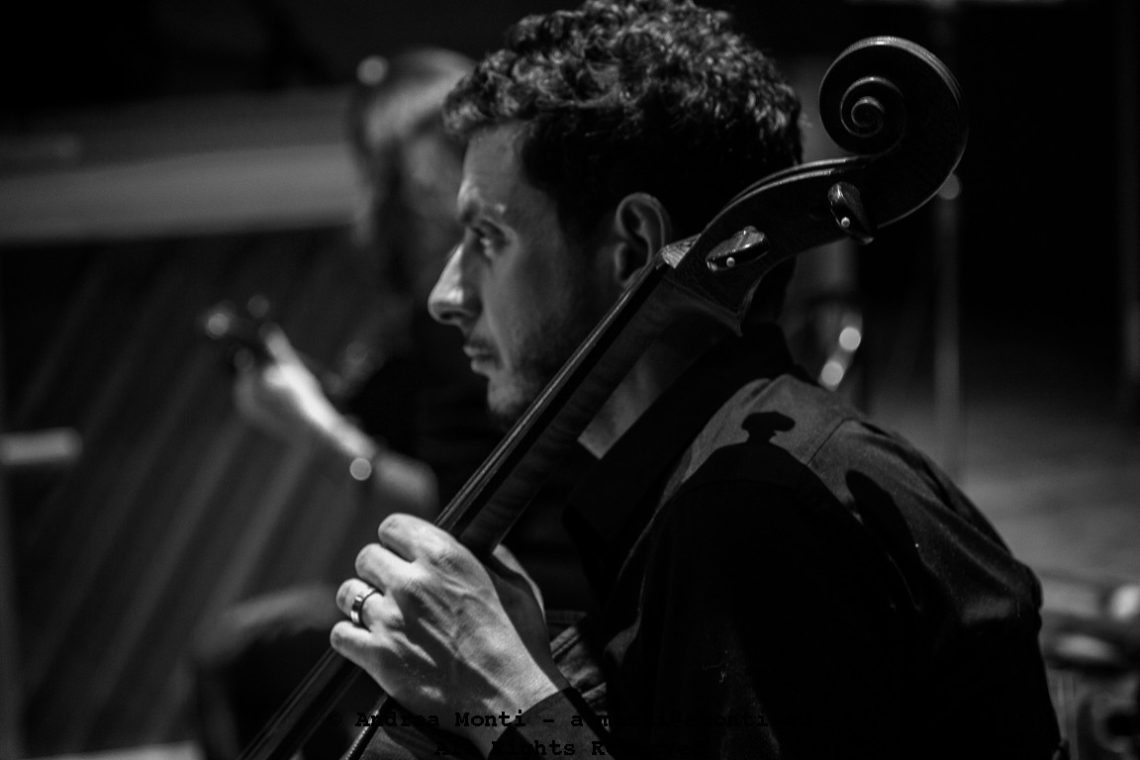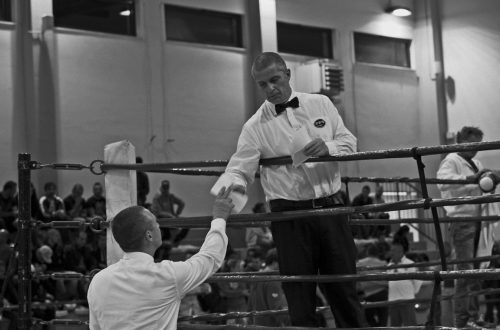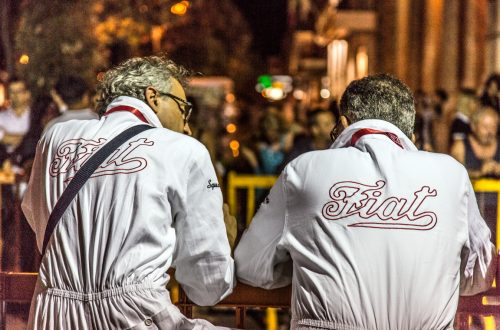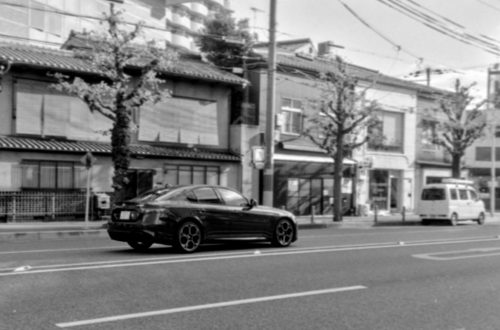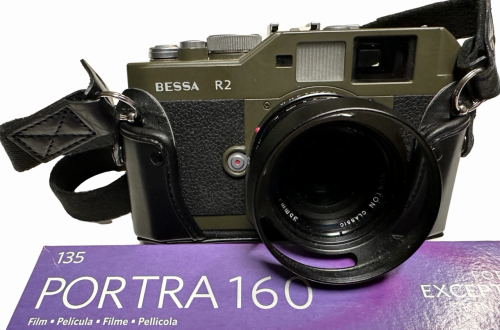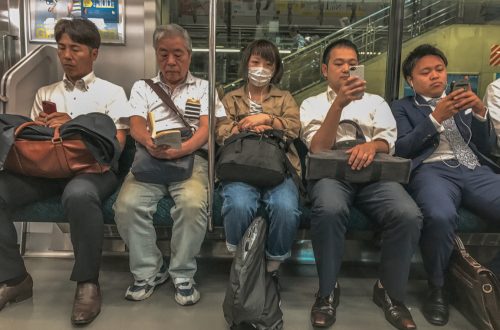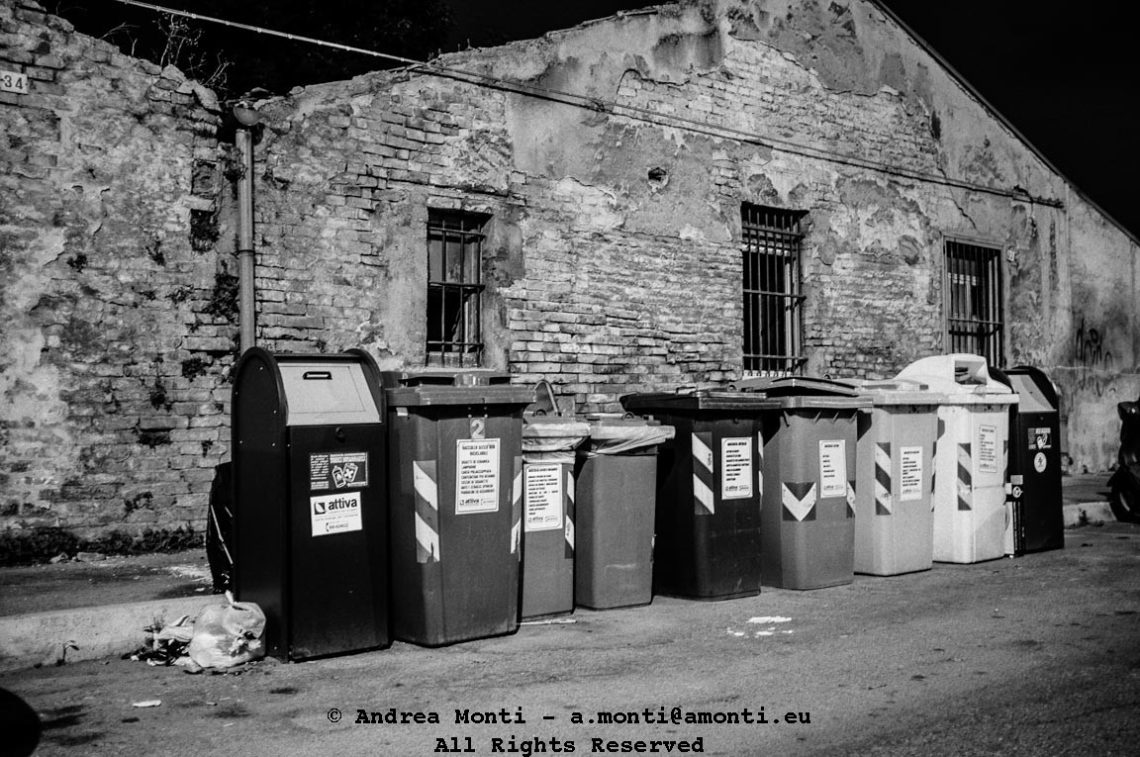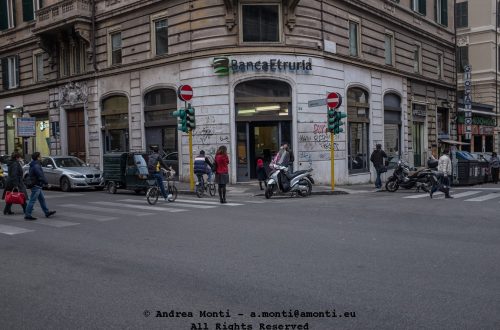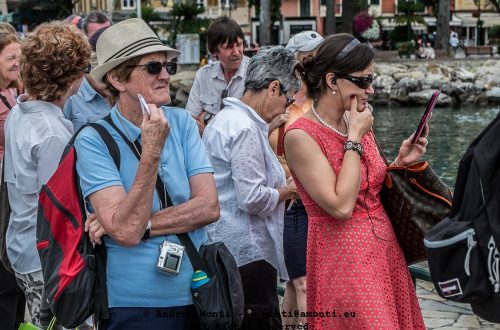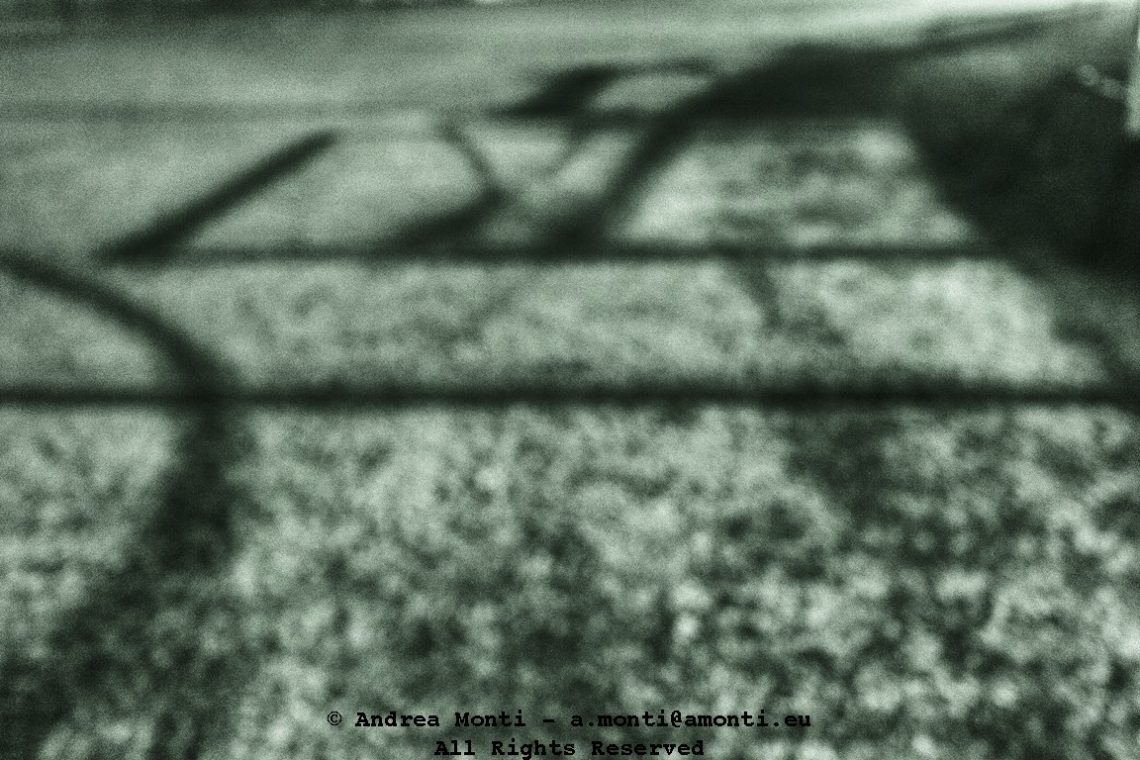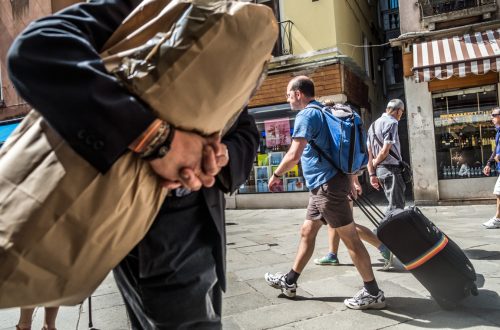-
Writer Inspiration’s Tools
-
Outside the Courthall
-
Too Late
-
Behind the Glass
-
Justice Under Construction
-
Arrested Behind the Door
Photographing in the criminal court of Rome is a peculiar experience — the air is thick with bureaucracy and human tension, yet most of it plays out behind closed doors. In this frame, the door is both a literal and symbolic barrier: clean, almost featureless, save for the taped sheet of paper outlining the rules of entry. It is stark in its message: access to the waiting room for the arrested is only permitted to lawyers, and only upon proof of formal appointment. Everything else — the people, their stories, their anxiety — remains hidden. From a compositional standpoint, I kept the framing tight and frontal. The geometry of the…
-
Room 17 – VIXI
The steel doors of Aula 17 stand closed, expressionless. Matte black, scratched, impassive. Above them, a bureaucratic sign: 7ᵃ Sezione, Edificio B. On the right, a board once meant to list names and hearings is now empty—washed clean by time or intention. Seventeen is an unlucky number in Italy. Rearranged, the Roman numerals XVII form VIXI—”I have lived”, an epitaph. And so, Room 17 becomes more than a courtroom. It becomes a threshold. A place where the living confront endings. The end of freedom. The end of illusions. Sometimes, the end of justice itself. The symmetry of the composition tightens the tension. Every element is locked in place. Nothing moves, and nothing is random.…
-
Legal Apartheid
Two elevators, side by side, divided not by function but by status. On the left, a small sign reads Pubblico. On the right, Avvocati. Between them, a strip of blank wall holds the call buttons and a standard notice: Non usare in caso di incendio. The symmetry is perfect, the contrast sharper for it. In the Court of Rome, this arrangement makes practical sense. Lawyers must move quickly between hearings; delays can derail the fragile timetable of justice. Efficiency demands a separate lift. And yet, looking at it here—reduced to a flat, black-and-white composition—the logic fades, and something else emerges. The brushed steel doors are marked with smudges and fingerprints, traces of the…
-
Horizontal
I was walking past this building when I noticed how the afternoon light chiselled into the façade, pulling out volume from what is, in essence, a flat geometric rhythm. The composition demanded no embellishment — the image resolved itself into horizontal bands almost on its own. I didn’t crop for symmetry; I simply took the time to level the camera and wait for the shadows to deepen just enough to add a graphic weight. What you see is pure form. No context, no clutter — just tone, line and light. It’s often said that black and white photography strips away distraction, but in truth, it doesn’t simplify. It sharpens. Here,…
-
Rectangles
-
A Casual Walk
-
The True Ironman
Not in a cave. Not in a suit. No arc reactor. Just grit, weight, and heat. This is a portrait of a welder—not fictional, not cinematic, but real. And yet, standing behind the mask, lit by the fierce white arc of molten metal, it’s hard not to think of Iron Man. Not the one flying through CGI skies, but the original scene: sparks, shadows, invention by necessity. But this isn’t fantasy. This is work. The man in the photo is sculpting structure with his hands, joining steel under blinding light. Every gesture is deliberate. Every spark, a fragment of labour. The mask doesn’t make him a superhero. It protects him—barely—from…
-
Last Wing Down
On an empty stretch of beach, a solitary sculpture rises against the horizon. It is the shape of a wing, its skeletal frame curved into an abstract S, crowned with a weathered propeller. It whispers of endings: of aircraft grounded forever, of journeys cut short, of stories that no one remained to tell. The black-and-white tones of the image deepen the sense of time suspended. Without colour, the scene feels like a fragment from the past, a memory caught in the salt air. Waves curl and break in the distance, indifferent to the monument on the sand. The tide comes and goes, as it has long before the flight this…
-
What Lasts of A Workbench
Shot on 35mm film, this frame shows what remains of a once-active workspace—dust settled, air hoses tangled, the table cluttered in quiet disarray. I was drawn to the repetition of the coiled tubing, which leads the eye through the composition like a question mark—where did the work go? Technically, the image leans heavily on contrast. The film’s grain structure reinforces the tactile feel of the setting: the rusted corrugated metal, the splintered table legs, the pitted concrete. Exposure runs slightly hot in the highlights, but it works here. The wall texture and tool remnants need that brightness to emerge from the shadows. Compositionally, the corner perspective introduces depth without dramatics.…
-
Phone Call – 2
-
Just A Phone Call – 1
Shot in stark monochrome, this image emerged from a walk beneath an underpass on a winter afternoon. The subject is unassuming—a lone figure, caught mid-step, carrying bags in one hand and a phone to his ear with the other. But it’s the tension between light and shadow, confinement and openness, that makes the frame speak louder than the moment it documents. Technically, this is a study in contrast. The tunnel acts like a natural vignette, swallowing the foreground in near-black shadow while casting the background in a flat, wintery glare. This duality pushes the eye forward. The silhouetted figure is placed just past the threshold of light, where the architectural…
-
Inside an Old Gym
There’s a quiet dignity to this corner of a forgotten gym — the kind of place that smells faintly of chalk, iron, and decades of sweat baked into the walls. The dumbbells, spherical and capped with worn white bands, sit on their metal stand like relics from another era. Behind them, weight plates lean casually against peeling plaster, the faded “S.I.R.E.A. Roma” inscriptions a reminder that these tools once carried prestige in the hands of athletes who are now long gone. The composition makes excellent use of the tight corner. By framing the equipment against two converging walls, the photographer forces the viewer’s gaze into the scene, trapping it in…
-
Merleria Livia
Some signs don’t light up the street—they anchor it. This one simply says “MERLERIA LIVIA,” glowing white against the black. Not neon, not flashy. Just enough light to find your way back to something ordinary. Useful. Forgotten. Shot on a rainy night, the kind that turns every surface into a mirror. The pavement reflects the streetlamps like a memory trying to stay present. A man walks slowly, slightly hunched—not from age, maybe just the weather. Hands in pockets, coat zipped. Nothing urgent, nothing staged. The shop is closed. You can feel it. The shutters are down, but the sign is still doing its job. Reminding anyone passing that once, not…
-
Between Sea and Sky
This frame was taken from the window of a descending flight—a rare moment when clouds, coastline, and light lined up like a deliberate composition. What I saw wasn’t dramatic, just elemental: water, air, light. That was enough. I chose monochrome not for effect, but for clarity. In colour, the image lost its cohesion—too many tonal distractions in the blue ranges, too much softness in the sea. Stripping it to black and white revealed a quiet structure beneath the atmosphere: horizontal bands of texture, density, and reflection. Technically, the image stretches the limits of what you can get through a scratched plane window and turbulent light. The glass wasn’t clean, the…
-
John De Leo’s Grande Abarasse Orchestra – Live
This is a reportage I did during a concert of the John De Leo’s Grande Abarasse Orchestra. Covering this performance reminded me why live concert photography is such a balancing act between observation and anticipation. Each of these images, though part of a single reportage, serves as a fragment of a larger narrative – one built on rhythm, tension, and fleeting expressions. The colour frame of the full band provides essential context, grounding the viewer in the environment. The arrangement on stage is clear, with good use of depth to layer the musicians. The lighting, though moody and uneven, is handled competently, preserving detail without blowing the highlights from the stage…
-
A Cello’s Player
-
Having Sax
This shot isn’t about music. It’s about friction — brass on fingers, sweat on grip, breath on reed. I didn’t wait for the solo. I framed the pause before it, when everything is coiled. The hand is relaxed, but not idle. It knows exactly where it is. I shot tight with a fast prime, 85mm wide open, to isolate the curve of the bell and the roughness of the horn’s surface — pitted and worn, not polished. This instrument has stories. It’s been around. The monochrome helps strip it down to form and texture. You feel the decades in that metal. The grain is intentional. So is the low-key lighting.…
-
Too Big To Be Dumped
This frame came to life walking past an alley where time seems to have hit pause. The bins stand in perfect alignment, regimented like bureaucratic soldiers, while behind them, the decaying wall tells a different story—chaotic, layered, unresolved. I shot this with a 35mm prime, letting the midday sun carve stark shadows that add to the irony of this supposed order. The exposure demanded precision. Too much light and I’d have lost the texture on the old plaster; too little and the bins would sink into murk. I leaned into the contrast, embracing the Leica’s natural tonal harshness in black and white. No dramatic angles, no “decisive moment” flourish—just frontal,…
-
A Modern Nazca?
This image is one of those moments when photography abandons literalism and moves into interpretation. What you’re looking at is, in fact, a stretch of pavement and asphalt intersected by strong shadows—but the shallow depth of field and the grain structure render it unmoored from immediate recognition. The blurred lines could be mistaken for ancient geoglyphs seen from above, hence the tongue-in-cheek title. The parallel bands, intersecting curves, and sudden diagonals call to mind aerial archaeology, even though the camera was barely a metre from the ground. The ambiguity invites a double take, and in that pause, the viewer starts to reconstruct meaning. Technically, this is a photograph of deliberate…
